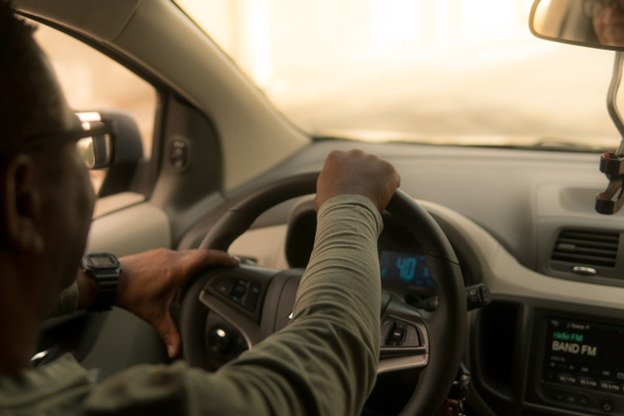Whether you're seeking a side hustle or aiming for full-time employment, understanding the landscape of ride-sharing jobs is crucial. This blog aims to demystify the process of joining Uber and similar platforms, offering insights into the application process, required qualifications, and how to stand out as a top candidate. Join us as we explore the gateway to securing a position in the dynamic world of ride-sharing, ensuring you're well-equipped to hit the road with confidence.
Insurance Coverage
One of the most critical aspects to consider before joining a ride-sharing platform like Uber is understanding the insurance coverage required and provided. Ride-sharing companies generally offer some form of insurance to their drivers, but it’s crucial to grasp its scope and the circumstances under which it applies. Typically Car Insurance for Rideshare Drivers is a combination of three different types of coverage - personal, commercial, and rideshare coverage. Personal insurance covers only personal use of the vehicle, while commercial insurance covers vehicles used for business purposes. Rideshare coverage is where the gap is filled since neither personal nor commercial insurance covers ride-sharing activities. Depending on your state and country of residence, there may be additional requirements or restrictions in terms of insurance coverage.
Eligibility Requirements
Before you can start driving with Uber or any similar ride-sharing platform, several eligibility requirements must be met. These include age restrictions, with most companies requiring drivers to be at least 21 years old, although this can vary by region. Additionally, a valid driver’s license, with at least one year of driving experience, is mandatory. Prospective drivers must also pass a background check, which typically scans for major driving violations or criminal history to ensure the safety of passengers. Furthermore, your vehicle must meet specific requirements set by the platform - this often involves a minimum standard for vehicle age, condition, and the number of seat belts. Understanding and meeting these eligibility criteria is the first step toward becoming a ride-sharing driver.
Application Process
The application process to become a driver for ride-sharing platforms like Uber is straightforward but requires attention to detail. It typically begins with completing an online application through the company's website or app. Here, you'll provide basic personal information, details about your vehicle, and your driving history. After submitting this initial application, you'll be asked to upload documents that verify your eligibility, such as your driver's license, vehicle registration, and proof of insurance. Following document submission, the background check is the next step.
This process can take several days to a couple of weeks, depending on various factors such as the thoroughness of the checks and the volume of applications being processed. Upon clearing the background check, some platforms may require you to attend an orientation or complete online training sessions to familiarize yourself with their operating procedures and safety protocols. Completing all these steps will lead to you being approved to start driving and earning through the platform.
Background Checks and Vehicle Requirements
When entering the ride-sharing industry, two critical components that must be meticulously addressed are background checks and vehicle requirements. Background checks serve as a fundamental screening tool, aiming to ensure the safety and reliability of the service provided. These checks scrutinize a potential driver's criminal history, traffic violations, and overall driving record. The depth of these investigations can vary, but they generally focus on identifying any serious offenses that could compromise passenger safety.
On the other hand, vehicle requirements are equally stringent, designed to guarantee passenger comfort and safety. Ride-sharing platforms typically mandate that vehicles be of a recent model year, in excellent working condition, and free from cosmetic damage. The specifics can vary slightly between companies, but the core idea is to ensure that the vehicle is reliable for both drivers and passengers.
Additionally, the number of passengers the vehicle can safely accommodate—usually four or more seatbelts excluding the driver—plays a crucial role in meeting the standards set by the platform. Adhering to these vehicle requirements not only helps in passing the initial application phase but also in maintaining a positive reputation with passengers, which is critical for continued success on the platform.
In conclusion, landing a job with Uber or similar ride-sharing platforms requires careful attention to insurance coverage, meeting eligibility requirements, and navigating through the application process. Paying close attention to background checks and vehicle requirements is also crucial for success in this industry. With these key factors in mind, you're well on your way to securing a position as a top driver and enjoying the flexibility and earning potential that ride-sharing platforms offer.



